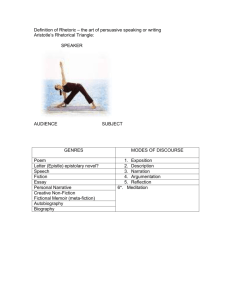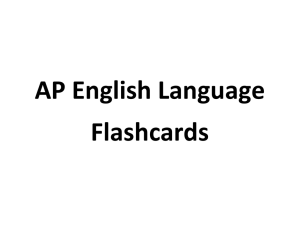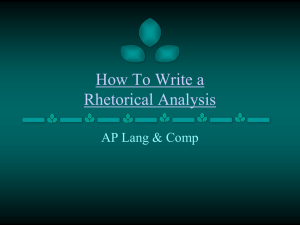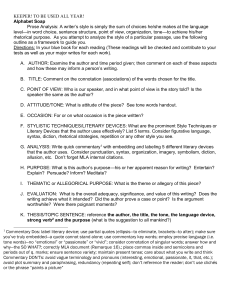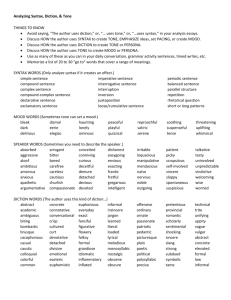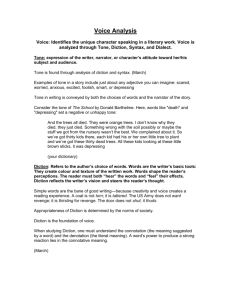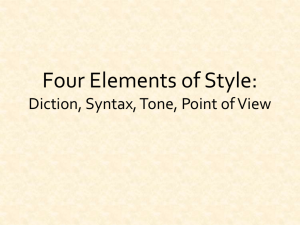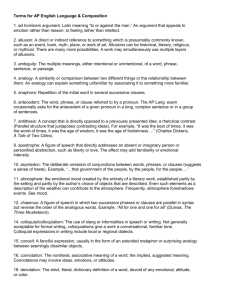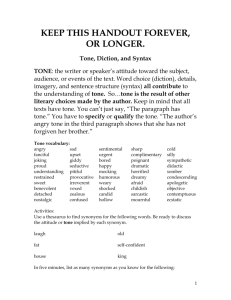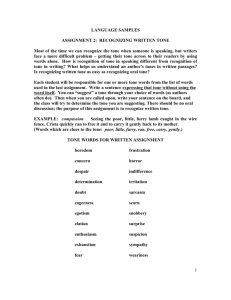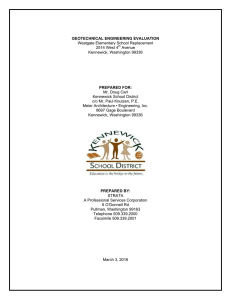Rhetorical Analysis Sentences
advertisement
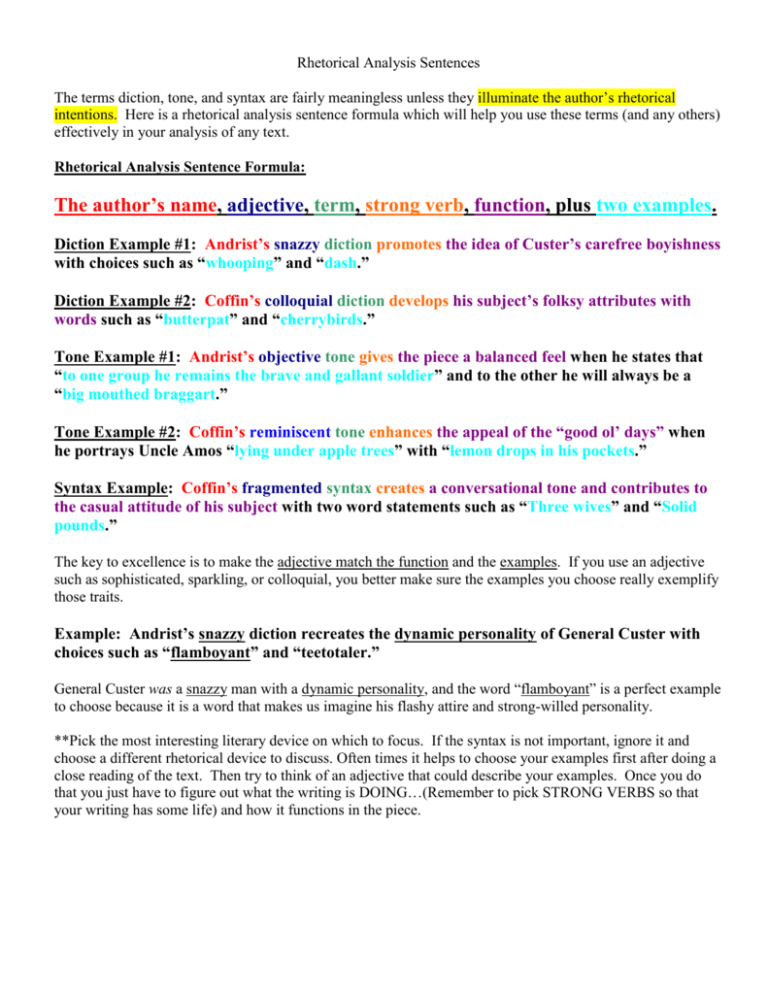
Rhetorical Analysis Sentences The terms diction, tone, and syntax are fairly meaningless unless they illuminate the author’s rhetorical intentions. Here is a rhetorical analysis sentence formula which will help you use these terms (and any others) effectively in your analysis of any text. Rhetorical Analysis Sentence Formula: The author’s name, adjective, term, strong verb, function, plus two examples. Diction Example #1: Andrist’s snazzy diction promotes the idea of Custer’s carefree boyishness with choices such as “whooping” and “dash.” Diction Example #2: Coffin’s colloquial diction develops his subject’s folksy attributes with words such as “butterpat” and “cherrybirds.” Tone Example #1: Andrist’s objective tone gives the piece a balanced feel when he states that “to one group he remains the brave and gallant soldier” and to the other he will always be a “big mouthed braggart.” Tone Example #2: Coffin’s reminiscent tone enhances the appeal of the “good ol’ days” when he portrays Uncle Amos “lying under apple trees” with “lemon drops in his pockets.” Syntax Example: Coffin’s fragmented syntax creates a conversational tone and contributes to the casual attitude of his subject with two word statements such as “Three wives” and “Solid pounds.” The key to excellence is to make the adjective match the function and the examples. If you use an adjective such as sophisticated, sparkling, or colloquial, you better make sure the examples you choose really exemplify those traits. Example: Andrist’s snazzy diction recreates the dynamic personality of General Custer with choices such as “flamboyant” and “teetotaler.” General Custer was a snazzy man with a dynamic personality, and the word “flamboyant” is a perfect example to choose because it is a word that makes us imagine his flashy attire and strong-willed personality. **Pick the most interesting literary device on which to focus. If the syntax is not important, ignore it and choose a different rhetorical device to discuss. Often times it helps to choose your examples first after doing a close reading of the text. Then try to think of an adjective that could describe your examples. Once you do that you just have to figure out what the writing is DOING…(Remember to pick STRONG VERBS so that your writing has some life) and how it functions in the piece.



